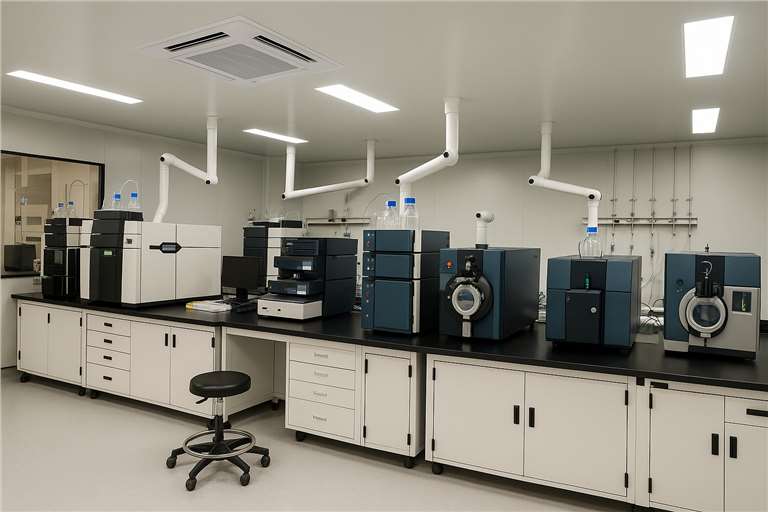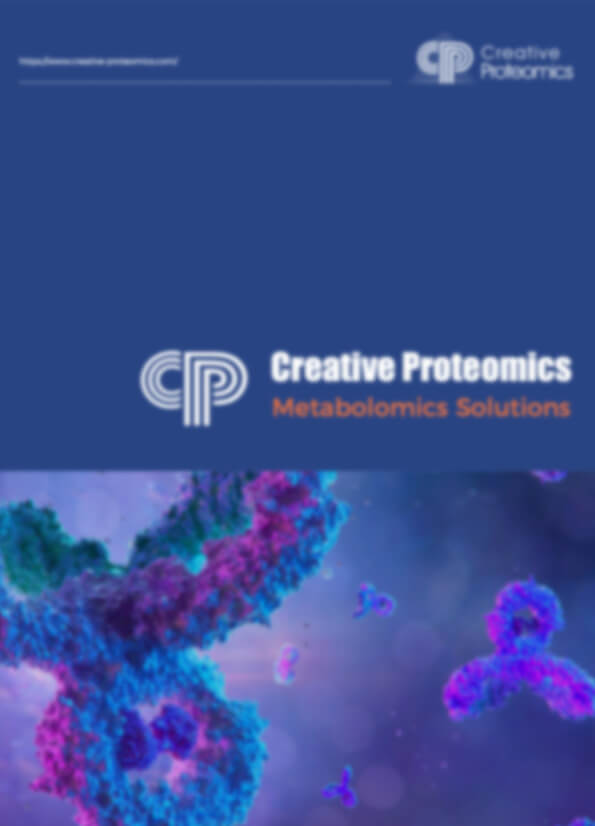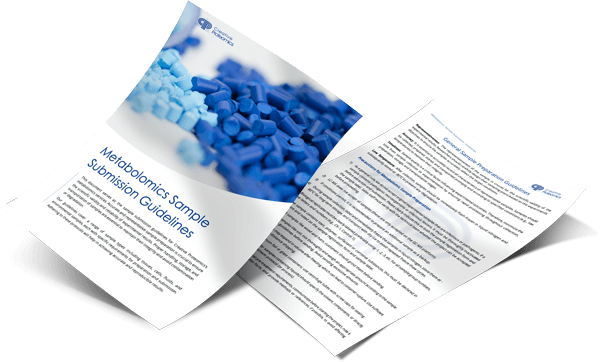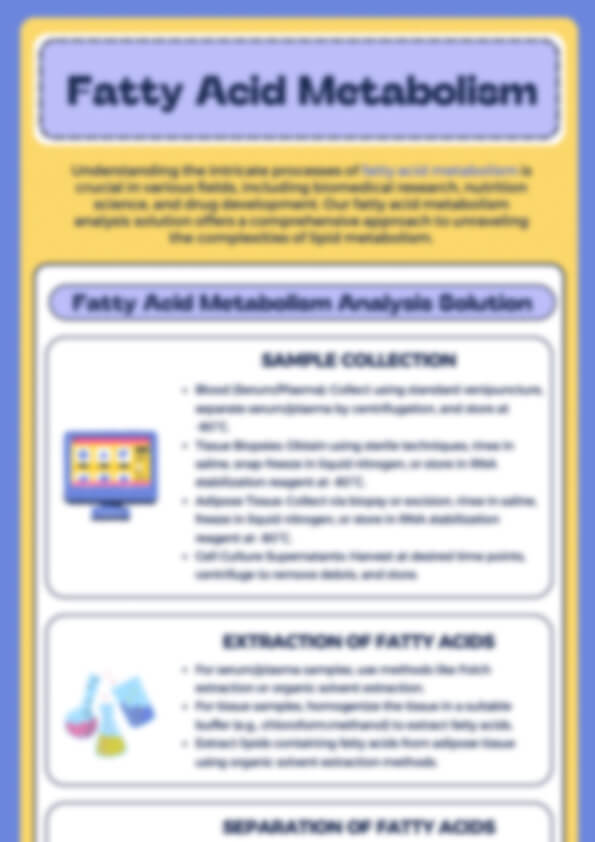2-Bromopalmitate LC-MS Detection Service for Fast, Reliable Results
2-Bromopalmitate (2-BP) is a potent inhibitor of palmitoylation, specifically targeting palmitoyl acyl transferases (PATs). By irreversibly blocking the DHHC enzyme family, 2-BP effectively disrupts palmitoylation processes for proteins like MyrGCK(NBD) and FarnCNRas(NBD).
Creative Proteomics leverages the SCIEX Triple Quad™ 5500 plus mass spectrometry system, offering a highly sensitive, specific, stable, and rapid analytical method tailored to accurately quantify 2-BP levels, benefiting pharmaceutical research and drug developers.
Submit Your Request Now
×- Why Use LC-MS
- Application
- Workflow
- Advantage
- Platform
- Sample Requirement
- Demo
- FAQ
- Publication
What is 2-Bromopalmitate (2-BP) and Why Does It Matter?
2-BP is a synthetic analog of palmitic acid widely known for its role as an irreversible inhibitor of protein palmitoylation. Palmitoylation—a lipid modification that attaches fatty acids to proteins—is crucial for regulating protein localization, stability, and signaling.
Researchers frequently use 2-BP to:
- Investigate lipid signaling pathways
- Understand protein transport and localization
- Explore disease mechanisms in metabolic disorders, cancer, and neurological conditions
This compound acts by inhibiting the enzyme palmitoyl acyltransferase (PAT), which transfers palmitate to protein substrates. Blocking this process allows scientists to study protein function more precisely, especially in dynamic environments like cancer progression or neurodegenerative disease pathways.
Its powerful inhibitory effect makes 2-BP an invaluable tool in proteomic and metabolomic studies, especially when used alongside advanced analytical tools like LC-MS.
Why Use LC-MS for 2-BP Detection? Benefits Over Other Methods
Compared to other analytical techniques like GC-MS or NMR, LC-MS stands out for:
Superior Sensitivity: Detection limits as low as 1.67 ng/mL.
- Higher Specificity: Reduced false positives through precise ion filtering.
- Wide Dynamic Range: Suitable for both trace-level and bulk quantification.
- Fast Throughput: Automation-ready and ideal for high-volume projects.
It also handles a variety of sample types—from tissue extracts to urine and plasma—without requiring derivatization. This versatility simplifies workflows and increases speed.
Creative Proteomics integrates targeted metabolomics and untargeted metabolomics approaches to offer tailored 2-BP profiling for both exploratory and confirmatory research.
We utilize cutting-edge tools like the SCIEX Triple Quad™ 5500+ system, ensuring every molecule of 2-BP is accounted for. Calibration curves further enhance the method's reliability, helping quantify 2-BP even at low concentrations.
Our service also complements our Palmitoylation Site Identification Service, helping researchers understand where and how lipid modification occurs in specific proteins.
Applications of 2-BP LC-MS Detection
2-BP detection is widely adopted in:
- Pharmaceutical Development: Screening inhibitors targeting lipid-modified proteins
- Biotechnology Research: Exploring post-translational modifications
- Clinical Studies: Investigating lipid-related disease biomarkers
Our Workflow: How Creative Proteomics Detects 2-BP
Figure 1: High-resolution mass spectrometry systems in our LC-MS lab.
Step-by-Step Service Workflow:
- Sample Submission: Accepts serum, plasma, urine, cell lysates, and tissue.
- Sample Preparation: Internal standards added; matrix interference removed.
- LC-MS Analysis: Conducted using validated UHPLC and triple quadrupole MS systems.
- Data Processing: Generation of EIC and standard curves.
- Comprehensive Reporting: Includes QC metrics and statistical data.
We maintain end-to-end traceability and offer direct communication with our technical specialists throughout the project.

Quality Control and Validation: Our Gold Standard
We adhere to strict international validation protocols to ensure reliability:
- Sensitivity: Limits of detection down to 1.67 ng/mL
- Precision: Coefficient of Variation (CV%) typically<10%
- Repeatability & Trueness: Consistent quant results across replicates
- Stability Testing: Ensures compound stability during sample storage and processing
- Internal QA Practices:
- Daily calibration of equipment
- Inclusion of multiple QC replicates in every batch
Our Metabolomics Technology Advantages:
- Comprehensive Metabolite Database:
Access to over 500 metabolites, including a proprietary database of 450+ verified standards, each featuring detailed MS1, MS2, or retention time data for precise identification.
- Broad Metabolic Pathway Coverage:
Thorough profiling of metabolites across major metabolic pathways, including glycolysis, the tricarboxylic acid (TCA) cycle, and the pentose phosphate pathway.
- Versatile Sample Compatibility:
Capable of analysing diverse sample types such as cells, tissues, blood, feces, urine, nematodes, and bacterial cultures.
- Robust Quality Controls:
Utilization of isotope-labelled internal standards and quality control (QC) samples with randomized run sequences ensures consistently accurate data.
- Highly Reproducible Workflows:
Standardized processes designed specifically to ensure reliable outcomes even when handling large sample volumes.
- Expert Consultation and Data Validation:
Dedicated technical specialists available for data interpretation, consultation, and rigorous data validation to ensure optimal research quality.
Platform

Sample Requipment
Sample Volume Guidelines
| Sample Category | Sample Type | Recommended Amount (/sample) | Minimum Amount (/sample) |
|---|---|---|---|
| Cell Samples | Cells | 5×107 cells | 1×107cells |
| Biofluid Samples | Serum | 100 µL | > 100 µL |
| Plasma | 100 µL | > 100 µL | |
| Urine | 500 µL | > 200 µL | |
| Animal Samples | Tissue | 100 mg | 100-200 mg |
| Feces | 100 mg | 25 mg |
Recommended Biological Replicates:
- Cell samples: Minimum of 5 biological replicates per group.
- Animal models: Minimum of 6 biological replicates per group.
- Clinical samples: Minimum of 30 biological replicates per group.
Demo
Below is an illustrative example of typical metabolomics results:

Extracted Ion Chromatogram (EIC) and Standard Curve
FAQs: What Clients Ask About 2-BP LC-MS Detection
What types of samples can you analyze for 2-BP?
We accept serum, plasma, urine, tissue, and cultured cells.
What's the detection limit for 2-BP?
As low as 1.67 ng/mL using LC-MS/MS.
Do you offer batch pricing for large studies?
Yes. Contact us for a tailored quote based on sample count.
How are results delivered?
Via secure, downloadable report containing raw data, processed results, and QC validation.
Can LC-MS be combined with other services?
Absolutely. Many clients integrate 2-BP detection with untargeted metabolomics or PTM analysis for deeper insight.
Learn about other Q&A about proteomics technology.
Featured Publications Using Creative Proteomics' LC-MS Services

- Calcium homeostasis and stable fatty acid composition underpin heatwave tolerance of the keystone polychaete Hediste diversicolor. Environmental Research. 2021. https://doi.org/10.1016/j.envres.2021.110885
- White matter lipid alterations during aging in the rhesus monkey brain. GeroScience. 2024. https://doi.org/10.1007/s11357-024-01353-3
- Pan-lysyl oxidase inhibition disrupts fibroinflammatory tumor stroma, rendering cholangiocarcinoma susceptible to chemotherapy. Hepatology Communications. 2024. https://doi.org/10.1097/HC9.0000000000000502
References
- Jia Z, Qiu Q, He R, Zhou T, Chen L. Identification of Metabolite Interference Is Necessary for Accurate LC-MS Targeted Metabolomics Analysis. Anal Chem. 2023;95(20):7985-7992. doi:10.1021/acs.analchem.3c00804
- Chen L, Lu W, Wang L, et al. Metabolite discovery through global annotation of untargeted metabolomics data. Nat Methods. 2021;18(11):1377-1385. doi:10.1038/s41592-021-01303-3
- Jang C, Chen L, Rabinowitz JD. Metabolomics and Isotope Tracing. Cell. 2018;173(4):822-837. doi:10.1016/j.cell.2018.03.055
- Li F, Song J, Zhang Y, et al. LINT-Web: A Web-Based Lipidomic Data Mining Tool Using Intra-Omic Integrative Correlation Strategy. Small Methods. 2021;5(9):e2100206. doi:10.1002/smtd.2021















